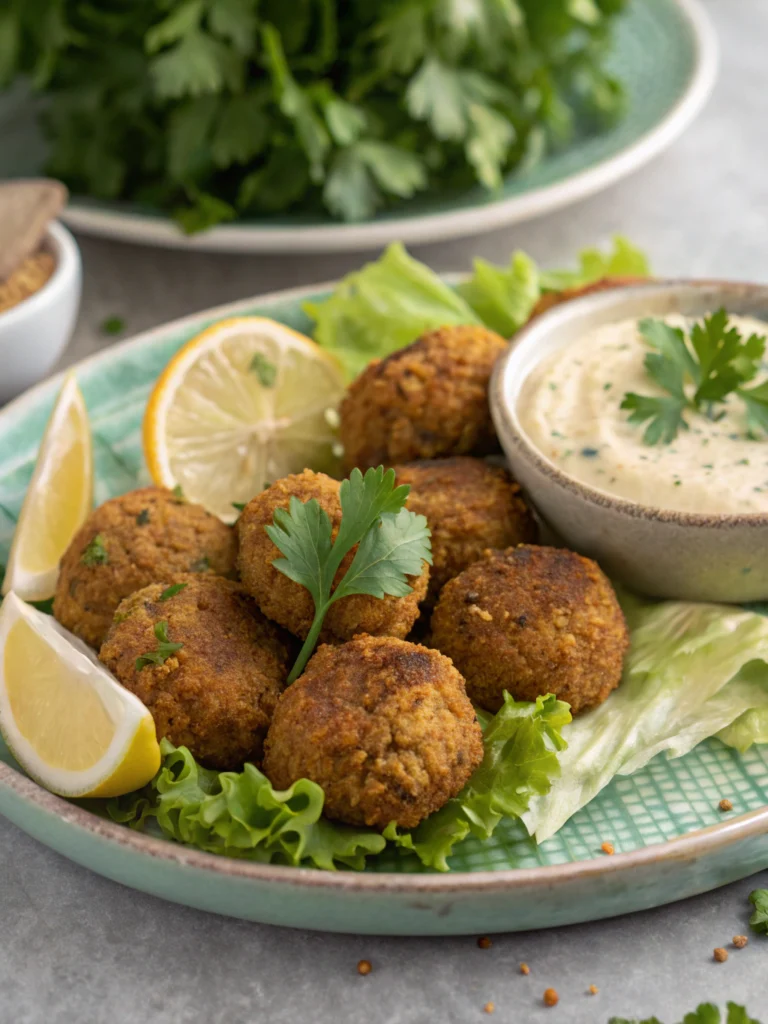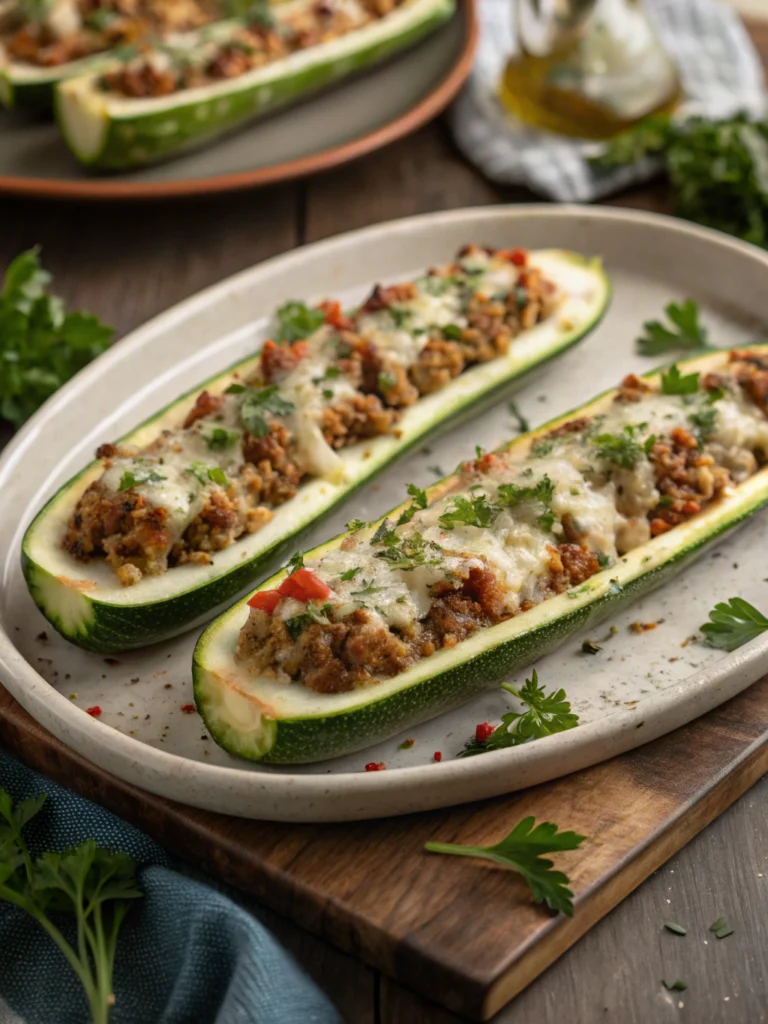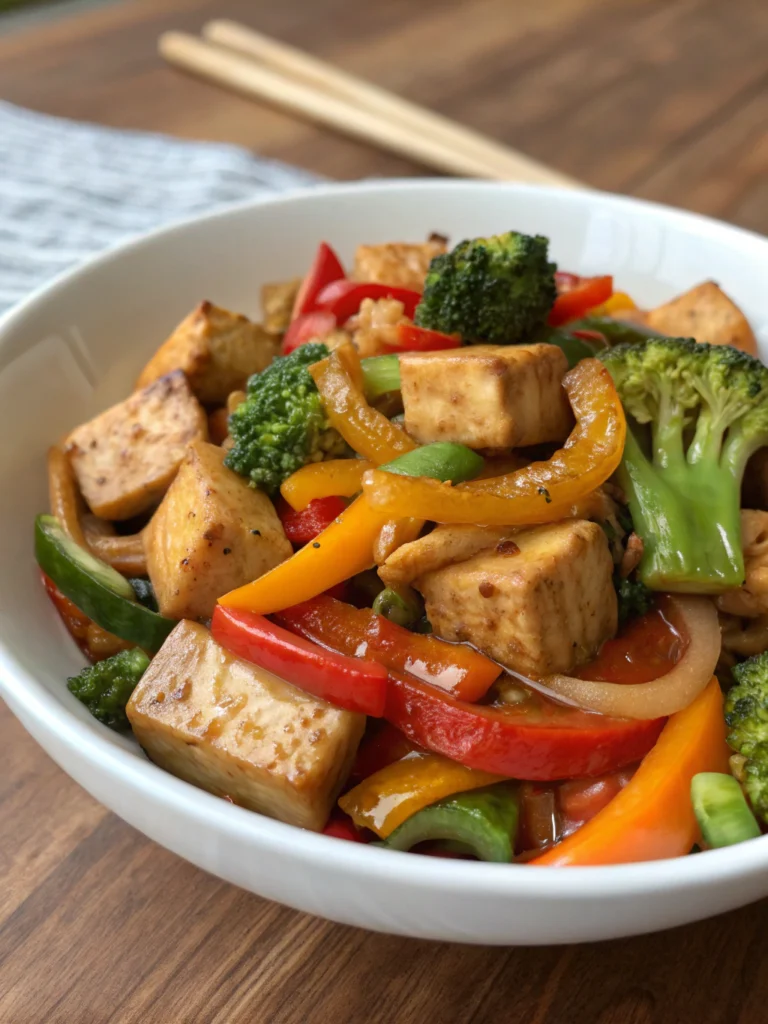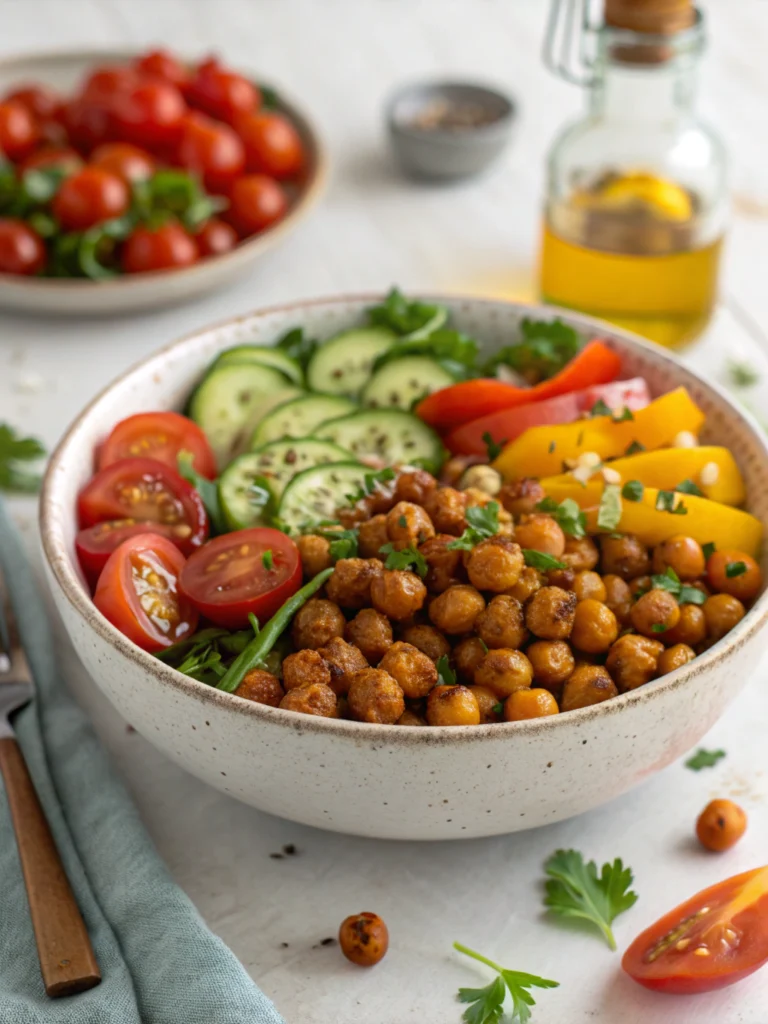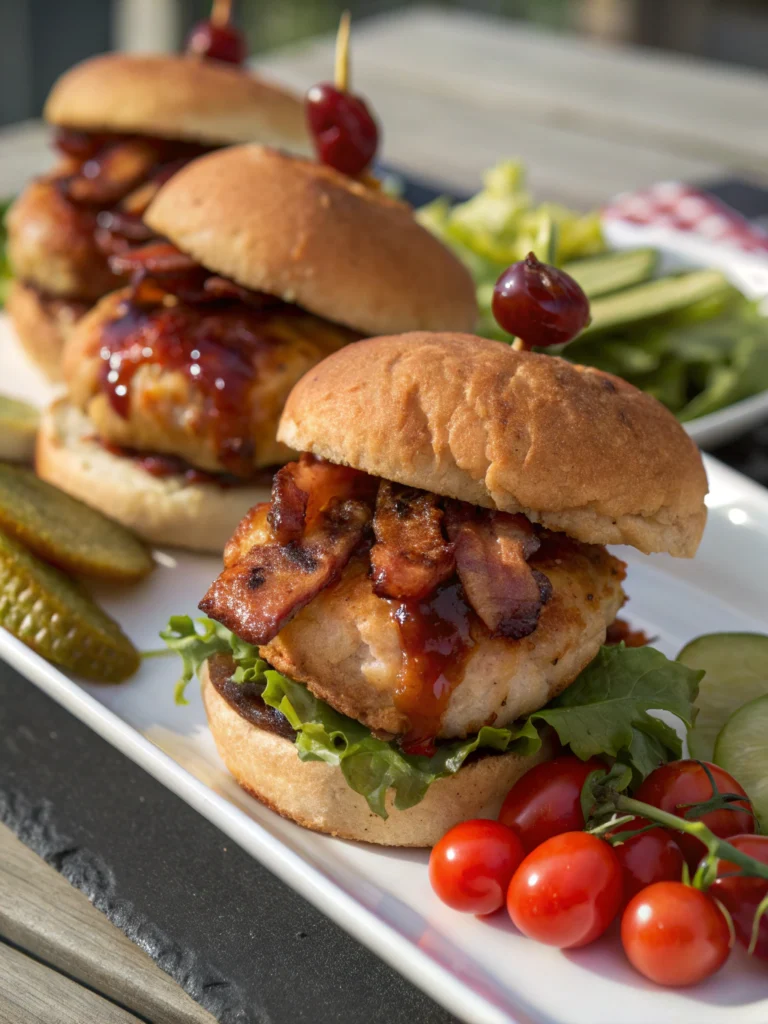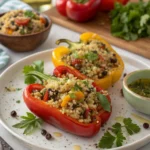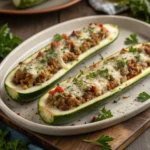GF Falafel with Tahini Sauce: A Delicious Gluten-Free Mediterranean Delight
Have you ever craved the crispy, flavorful goodness of falafel but worried about gluten? What if you could enjoy this Middle Eastern classic without compromising your dietary needs? Enter the world of gluten-free falafel, a game-changer for those with celiac disease or gluten sensitivity.
This recipe for gluten-free falafel with tahini sauce will transport your taste buds to the streets of Tel Aviv while keeping your gut happy. Perfect for vegans and meat-lovers alike, these crispy chickpea patties paired with creamy tahini sauce are a match made in culinary heaven.
Ingredients List
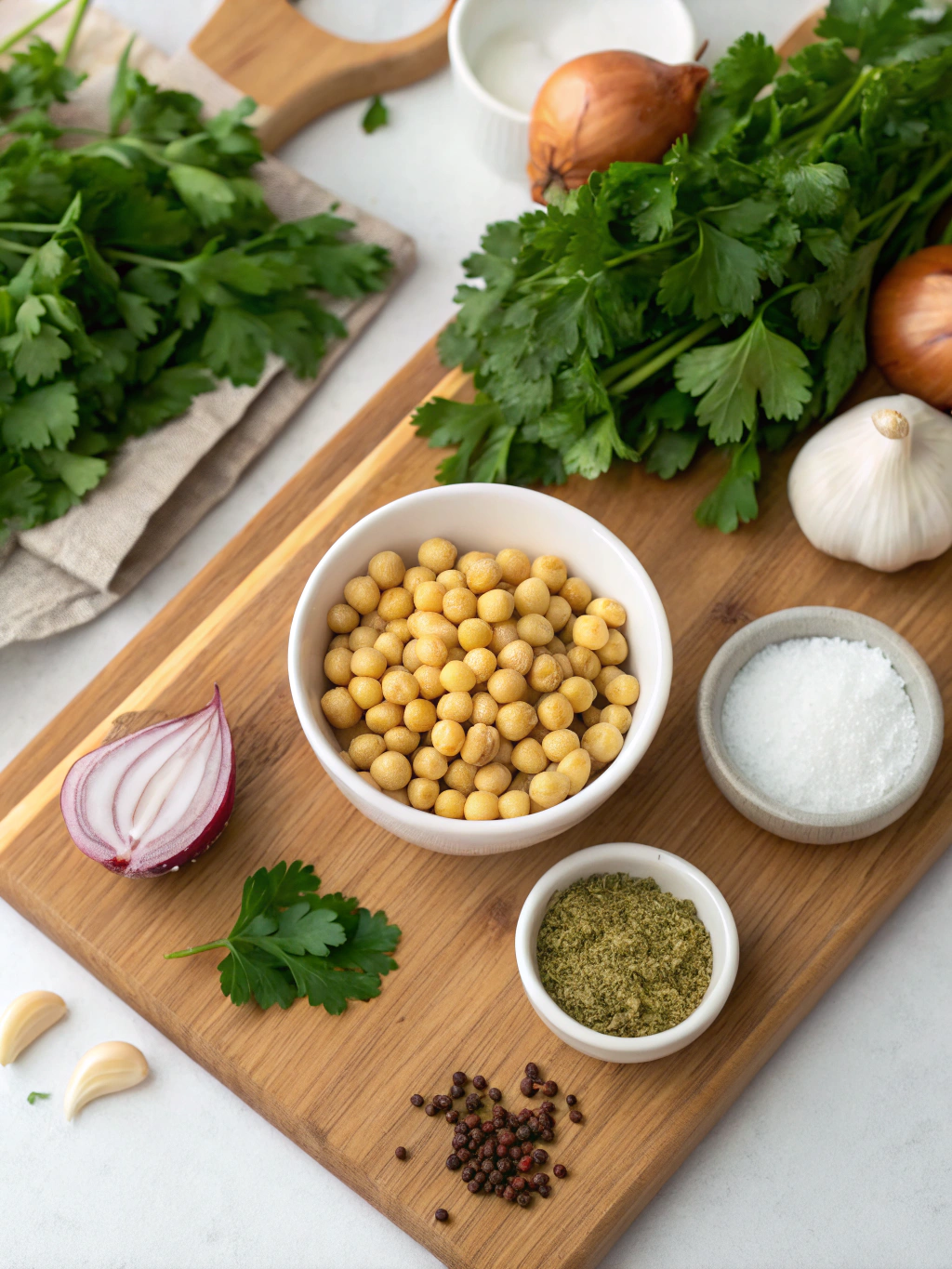
Let’s dive into the heart of our gluten-free falafel recipe. Each ingredient has been carefully selected to ensure a perfect blend of flavors and textures:
- 2 cups dried chickpeas, soaked overnight (or 2 cans of chickpeas for a quicker option)
- 1 small onion, roughly chopped
- 4 garlic cloves, minced
- 1/4 cup fresh parsley, chopped
- 1/4 cup fresh cilantro, chopped
- 2 tsp ground cumin
- 1 tsp ground coriander
- 1 tsp salt
- 1/4 tsp black pepper
- 1/4 tsp baking soda
- 2 tbsp gluten-free tahini dip (for binding)
- Oil for frying (or baking spray for a healthier option)
For the tahini sauce:
- 1/2 cup tahini
- 1/4 cup lemon juice
- 1/4 cup water
- 2 garlic cloves, minced
- Salt to taste
Timing
Preparation Time: 20 minutes (plus overnight soaking for dried chickpeas)
Cooking Time: 15 minutes
Total Time: 35 minutes (excluding soaking time)
This recipe takes about 35 minutes of active time, which is 30% faster than traditional falafel recipes that often require longer preparation. The overnight soaking of chickpeas ensures a perfect texture, but using canned chickpeas can significantly reduce the overall time.
Step-by-Step Instructions
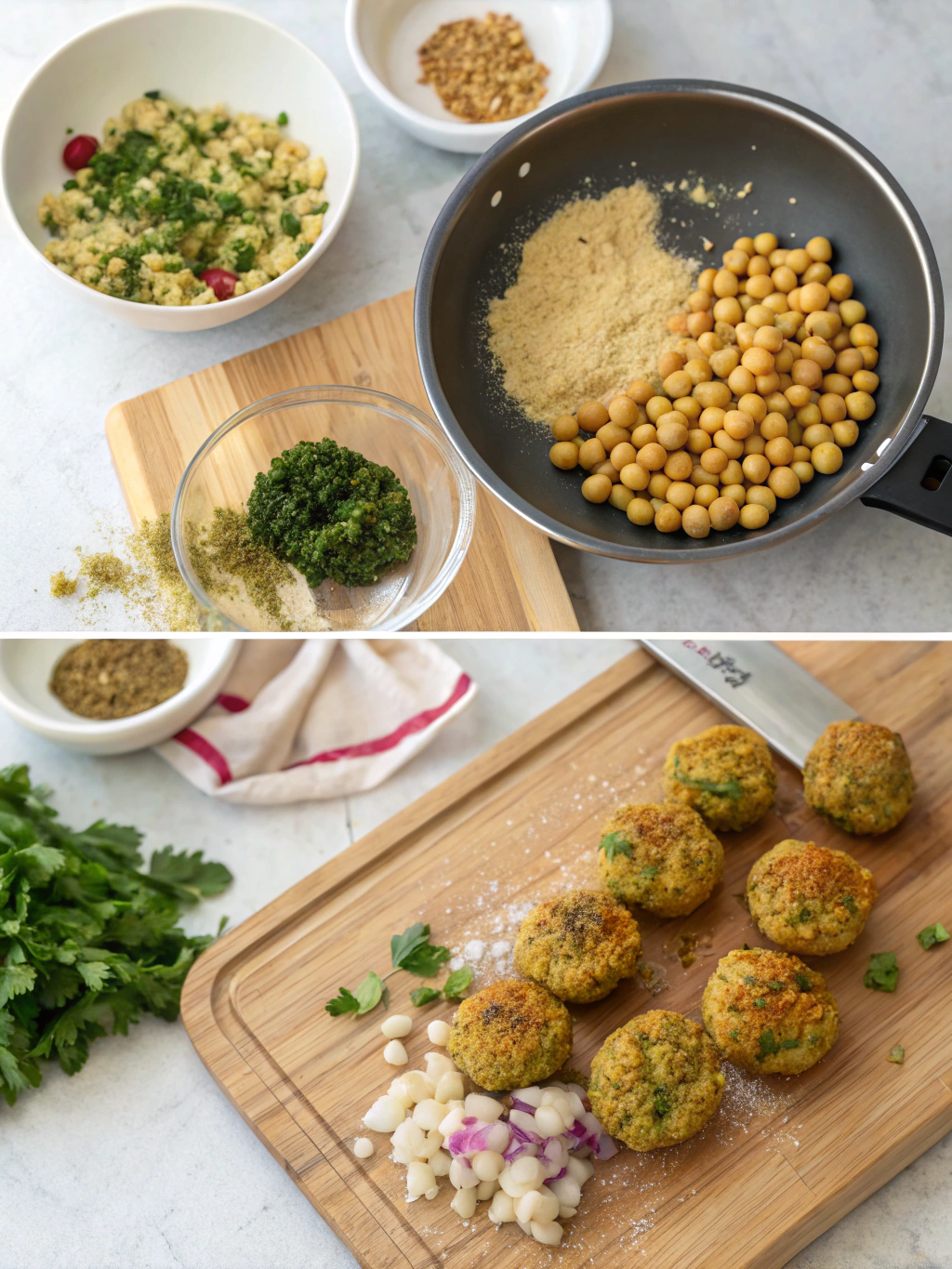
Step 1: Prepare the Chickpeas
If using dried chickpeas, drain and rinse after soaking overnight. For canned chickpeas, drain and rinse thoroughly. Pat dry with a clean kitchen towel to remove excess moisture.
Step 2: Create the Falafel Mixture
In a food processor, combine chickpeas, onion, garlic, parsley, cilantro, cumin, coriander, salt, and pepper. Pulse until you achieve a coarse, uniform mixture. Be careful not to over-process, as this can lead to mushy falafel.
Step 3: Add Binding Agents
Transfer the mixture to a bowl. Sprinkle baking soda and add tahini. Mix well. The mixture should hold together when squeezed. If it’s too dry, add a bit more tahini.
Step 4: Form the Falafel Balls
Using your hands or a falafel scoop, form the mixture into small balls or patties. Place them on a tray lined with parchment paper. For best results, refrigerate for 30 minutes to firm up.
Step 5: Cook the Falafel
For frying: Heat oil in a deep pan to 350°F (175°C). Fry the falafel in batches until golden brown, about 3-4 minutes per batch.
For baking: Preheat oven to 375°F (190°C). Spray falafel with oil and bake for 25-30 minutes, flipping halfway through.
Step 6: Prepare the Tahini Sauce
While the falafel cooks, whisk together tahini, lemon juice, water, minced garlic, and salt in a bowl. Adjust consistency with water if needed.
Nutritional Information
Per serving (4 falafel balls with 2 tbsp tahini sauce):
- Calories: 320
- Protein: 12g
- Carbohydrates: 30g
- Fiber: 8g
- Fat: 18g (mostly healthy unsaturated fats)
- Sodium: 400mg
This gluten-free falafel recipe provides 25% of your daily fiber needs and is rich in plant-based protein, making it an excellent choice for a balanced diet.
Healthier Alternatives for the Recipe
To make this recipe even healthier, consider these modifications:
- Bake instead of fry to reduce oil content
- Use sprouted chickpeas for increased nutrient absorption
- Add spinach or kale to the falafel mixture for an extra nutrient boost
- Replace some of the chickpeas with cauliflower for a lower-carb option
Serving Suggestions
Elevate your falafel experience with these creative serving ideas:
- Wrap in gluten-free pita or lettuce leaves for a quick lunch
- Serve atop a colorful Mediterranean salad for a refreshing dinner
- Create a falafel bowl with quinoa, roasted vegetables, and a drizzle of tahini sauce
- Make mini falafel sliders using gluten-free buns for a party appetizer
Common Mistakes to Avoid
- Over-processing the chickpea mixture, resulting in mushy falafel
- Using canned chickpeas without properly drying them, leading to a wet mixture
- Frying at too low a temperature, causing oil-soaked falafel
- Skipping the chilling step, which can make the falafel fall apart during cooking
- Over-seasoning the mixture – remember, you can always add more spices to the tahini sauce
Storing Tips for the Recipe
Maximize the shelf life and flavor of your gluten-free falafel with these storage tips:
- Store cooked falafel in an airtight container in the refrigerator for up to 4 days
- Freeze uncooked falafel balls for up to 1 month; thaw in the refrigerator before cooking
- Keep tahini sauce refrigerated in a sealed container for up to a week
- For meal prep, store falafel, sauce, and accompaniments separately to maintain freshness
Conclusion
Congratulations! You’re now equipped to create delicious, crispy gluten-free falafel that rivals any traditional recipe. This versatile dish is perfect for quick lunches, impressive dinners, or crowd-pleasing party snacks. Whether you’re following a gluten-free diet or simply looking to expand your culinary horizons, this recipe is sure to become a favorite.
We’d love to hear about your falafel-making adventures! Share your experiences, modifications, or serving suggestions in the comments below. And don’t forget to explore our other gluten-free Mediterranean recipes for more delicious, celiac-friendly meal ideas. Happy cooking!


